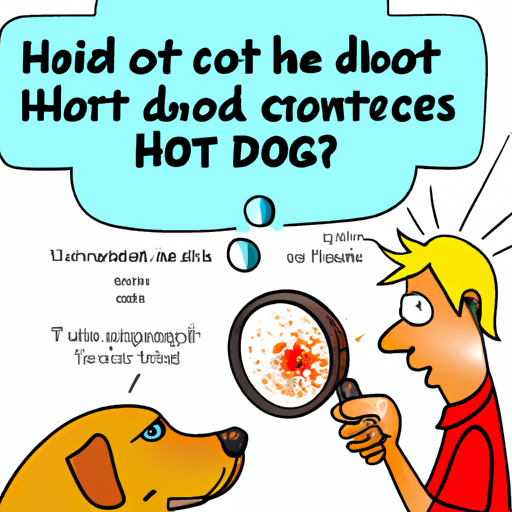As a caregiver, you are always on the watch for your dog’s well-being. One of the common issues that you may encounter is hotspots on your beloved pet. In this guide, we will delve into how to rid your canine companion of hotspots, providing comprehensive and actionable steps for managing this condition.
What are Hotspots?
Hotspots are localized areas of skin inflammation and infection. They are often red, irritated, and may be accompanied by hair loss, pus, and a foul odor. As a caregiver, you may notice your dog scratching, licking, or chewing excessively at a particular area. This is usually a sign of discomfort and an indication of a possible hotspot.
Causes of Hotspots
Understand that hotspots can be triggered by several factors. These include:
- Allergies: Food, flea, or environmental allergies can cause your dog discomfort and lead to the development of hotspots.
- Excessive licking or scratching: Dogs often respond to itchiness or discomfort by licking or scratching, which can exacerbate the issue.
- Moisture: A damp coat can provide the perfect environment for bacteria to thrive, leading to hotspots.
| Common Triggers | Prevention Measures |
|---|---|
| Allergies | Identify the allergen and eliminate exposure |
| Excessive licking or scratching | Address the underlying cause of itchiness |
| Moisture | Ensure your dog’s coat is thoroughly dried after baths or swimming |
Treatment Options for Hotspots
Your initial response to seeing hotspots on your dog may be panic. But don’t worry. There are several treatment options available.
Topical treatments:
Apply creams or sprays specifically designed to soothe hotspots. These often contain hydrocortisone to reduce inflammation and itchiness.
Oral medications:
Antibiotics may be prescribed by your vet if the hotspot is severely infected. Steroids can also be used to control inflammation.
Natural remedies:
Aloe vera, chamomile, and tea tree oil are known for their soothing properties and can be used to alleviate discomfort.
Remember to always consult with a vet before starting any treatment plan. They are best equipped to diagnose the underlying cause and recommend the most suitable treatment.
Prevention of Future Hotspots
Preventing future hotspots begins with understanding your dog’s triggers and avoiding them. Here are some helpful tips:
- Regular grooming: This ensures that your dog’s coat remains clean and dry, reducing the likelihood of bacterial growth.
- Flea and tick control: Regularly use preventative treatments to keep these pests at bay.
- Address allergies: Work with your vet to identify possible allergens in your dog’s environment and diet.
- Discourage excessive licking: Provide distractions like toys or chew treats to prevent your dog from obsessively licking or scratching.
FAQ
What home remedies can be used for dog hotspots?
Home remedies such as a mixture of water and apple cider vinegar, aloe vera, or chamomile tea can be used to soothe hotspots. However, always consult your vet before applying any home remedy.
How long does it take for hotspots to heal?
With proper treatment, most hotspots will begin to heal within a few days. However, severe or large hotspots may take a few weeks.
Are hotspots contagious to other pets or humans?
Hotspots are not typically contagious unless they are caused by parasites like mites or fleas, which can be spread to other animals.
Can I prevent hotspots?
Yes, by identifying and addressing the underlying cause, maintaining regular grooming, and keeping your dog’s skin dry, you can prevent the formation of hotspots.
Being a caregiver to a dog means being vigilant and proactive about their health. With the above information, you’re well-equipped to handle and prevent hotspots, ensuring your furry friend stays happy and healthy. Remember, when in doubt, always consult a vet.



